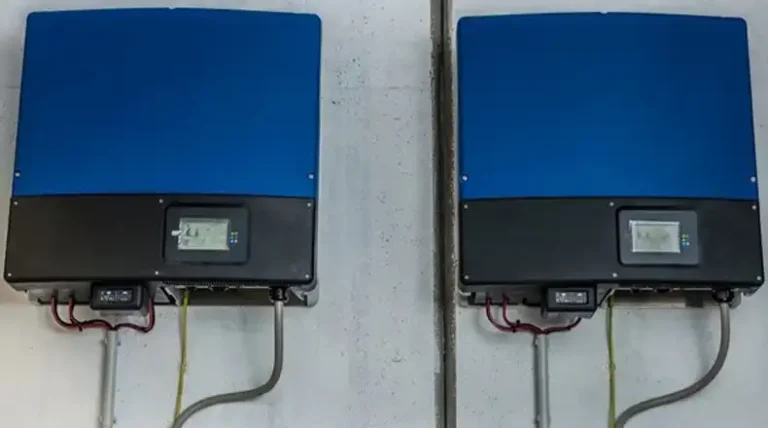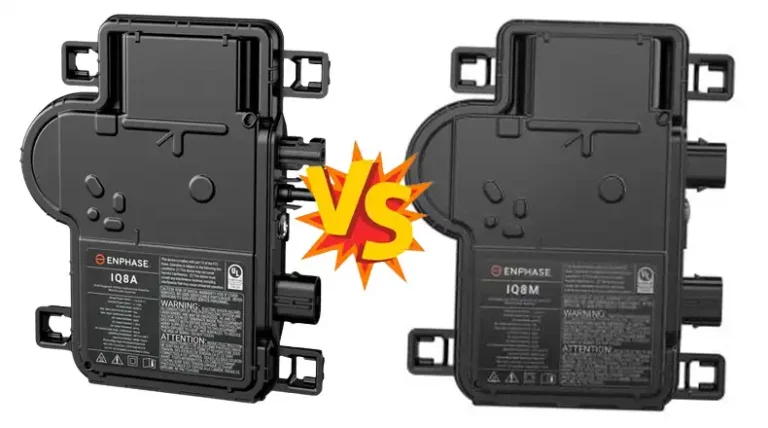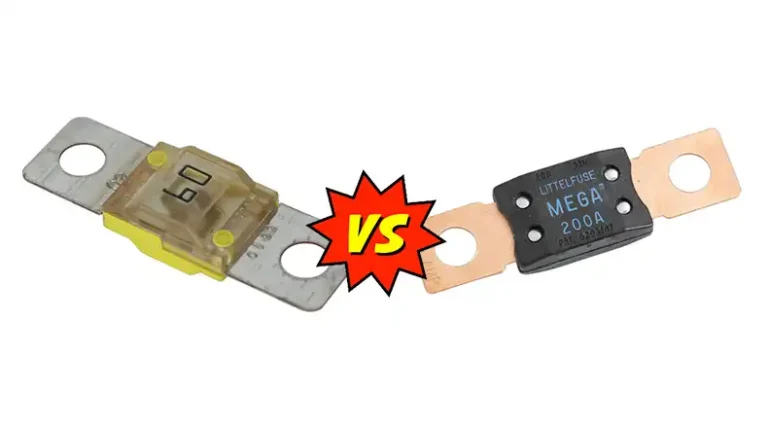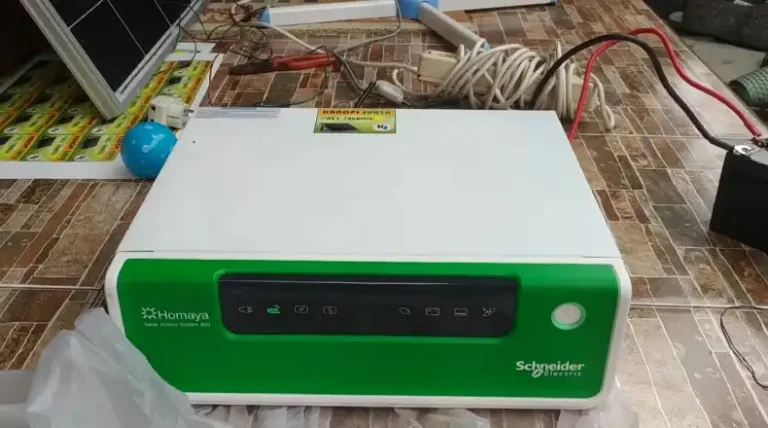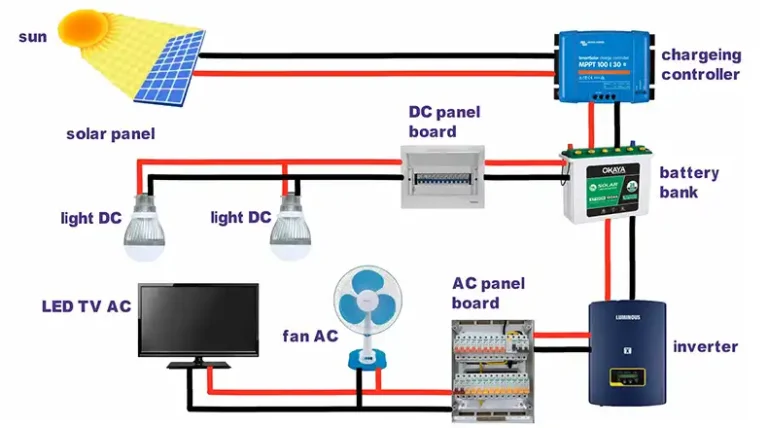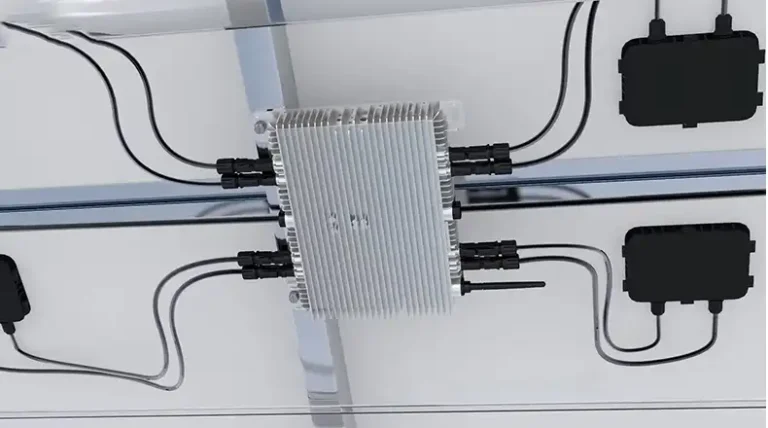What Size Inverter Do I Need for a Refrigerator? [Answerd]
Having a refrigerator is essential in modern households to keep food fresh and prevent spoilage. However, power outages can disrupt the operation of your refrigerator, potentially leading to food wastage and inconvenience. Inverters offer a reliable solution to keep your refrigerator running during power outages, ensuring that your food stays fresh and safe for consumption.
But what sie inverter do you need to run a refrigerator? Well, to understand that, let’s first discuss what kind of power it takes to run a refrigeration unit.
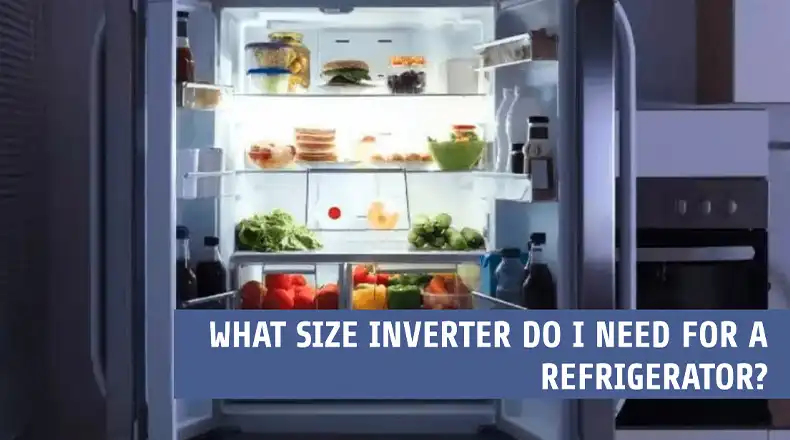
How Much Power Refrigerators Require
When it comes to selecting the right inverter for your refrigerator, it’s crucial to understand the power requirements of your appliance. Refrigerators have two distinct power ratings: running watts and startup surge watts.
Running watts refer to the amount of power required to keep the refrigerator running under normal operating conditions. On the other hand, startup surge watts represent the initial burst of power needed to start the compressor motor when the refrigerator turns on. This surge can be several times higher than the running watts for a brief period.
For example, a general household refrigerator can take 1200-1800 starting watts, while the running watts can be much lower, around 200 watts.
Considering both the running watts and startup surge watts is essential for proper inverter sizing. An undersized inverter may not be able to handle the surge watts, leading to potential damage or failure to start the refrigerator.
How to Find Your Refrigerator’s Wattage Information
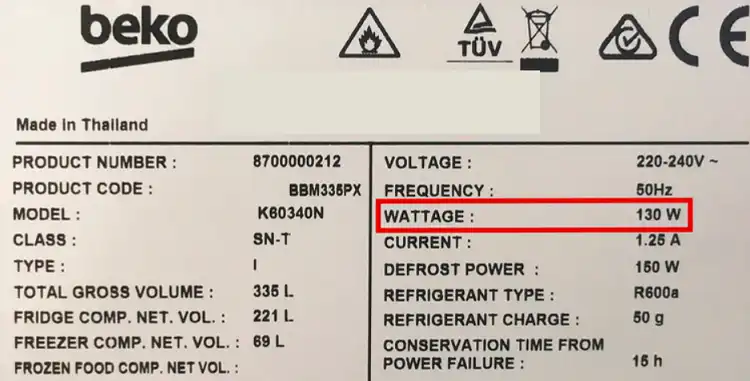
To determine the appropriate inverter size, you’ll need to know the wattage information for your specific refrigerator model. There are a few ways to find this information:
- The owner’s manual often provides the wattage ratings for your refrigerator. Check the specifications section for both running watts and startup surge watts.
- Many refrigerators have a label or sticker on the inside or back panel that lists the wattage ratings.
- If you don’t have access to the manual or the label is missing, you can search for your refrigerator model on the manufacturer’s website and look up the wattage information in the product specifications.
How to Calculate Inverter Size for a Refrigerator
To calculate the inverter size you need for your refrigerator, follow this formula:
Recommended Inverter Capacity = Running Watts x 1.5
The additional 50% accounts for the startup surge watts required by the refrigerator’s compressor motor. For example, if your refrigerator has a running wattage of 600 watts, the calculation would be:
Recommended Inverter Capacity = 600 watts x 1.5 = 900 watts
It’s important to note that some resources suggest an even more conservative approach, recommending an inverter surge rating of at least three times the refrigerator’s running wattage to accommodate the initial start-up jolt adequately.
Surge Wattage and Inverter Surge Rating
The surge wattage of your refrigerator is a crucial factor to consider when selecting an inverter. As mentioned earlier, the surge wattage represents the initial power spike required to start the compressor motor. The inverter surge rating should be at least three times the refrigerator’s running wattage to ensure proper operation and prevent potential damage.
For example, if your refrigerator has a running wattage of 600 watts, the inverter surge rating should be at least 1,800 watts (600 watts x 3) to handle the start-up surge effectively.
Recommended Inverter Capacity for Refrigerators
Based on the information gathered from various sources, a typical 1,500 watts continuous and 3,000 watts surge inverter should be sufficient for most refrigerators. However, it’s always best to consult your refrigerator’s specifications and follow the manufacturer’s recommendations for the most accurate sizing.
Choosing the Right Inverter Wattage
When selecting an inverter for your refrigerator, it’s generally recommended to choose a model with a capacity exceeding the calculated watts by at least 20%. This extra headroom provides a buffer for unexpected wattage spikes or fluctuations, ensuring that your refrigerator operates smoothly and without interruption.
For example, if the calculated wattage requirement for your refrigerator is 900 watts, you might consider an inverter with a continuous output of 1,200 watts or higher. This additional capacity allows for any unforeseen power demands and helps prolong the lifespan of the inverter.
Summing Up
Choosing the right size inverter for your refrigerator is crucial to ensure reliable operation during power outages and prevent potential damage to the appliance. By understanding your refrigerator’s wattage requirements, considering surge ratings, and accounting for additional factors, you can select an inverter that meets your needs and provides peace of mind.
Remember to prioritize safety during installation and use, and don’t hesitate to consult professionals or refer to reputable resources if you have any doubts or concerns. With the right inverter and setup, you can keep your refrigerator running smoothly, preserving your food and minimizing disruptions caused by power outages.

